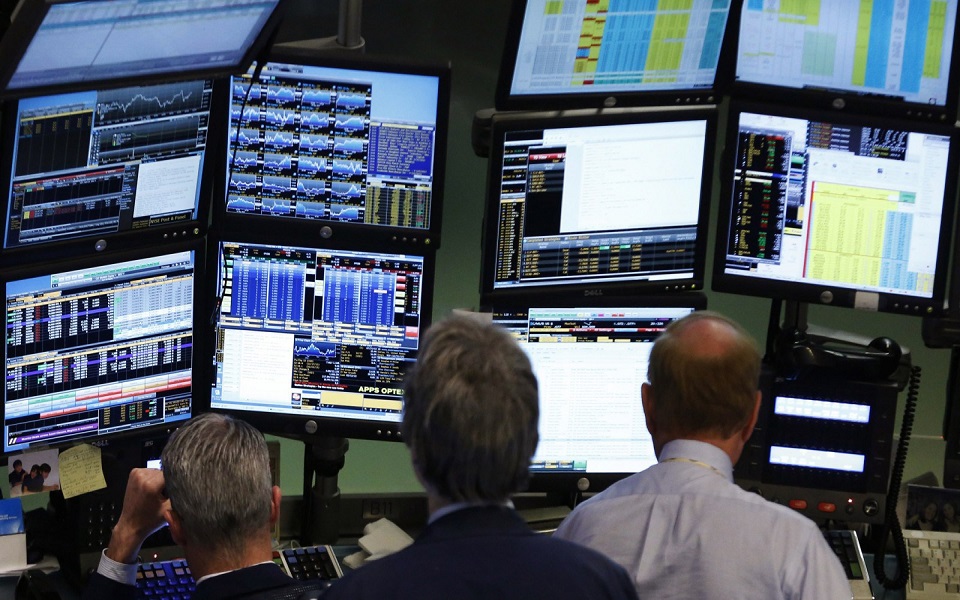Bond yields point to prestige in market

The yield of the Greek 10-year bond, the benchmark of the Greek debt market, has now dropped below 3%, at the lowest levels since April 2022, when the main interest rate of the European Central Bank was still at negative levels.
In addition, the Greek spread has returned to the 100-basis point range, where it last hovered in August 2021 – which were the lowest levels since 2009, before the debt crisis and when Greece was rated by the rating agencies with an “A.”
The yield of the 10-year paper was set on Wednesday at 2.93% at a distance of just 10 basis points from the corresponding Spanish one. Notably, this is in an environment of historically high interest rates, with the key ECB deposit rate set at 4% and expected to remain at these levels until around mid-2024. The last time the borrowing costs of the Greek state were at these levels was 20 months ago, when the ECB interest rate was still at -0.5% as the monetary policy tightening cycle had not yet started.
According to analysts, the recovery of investment grade and the return of Greek bonds to international indexes, 12 years after their ejection, are two of the key factors behind their strong course, with Greek government bonds being the 2023 performance champions at international level. In the last 12 months, the Greek spread recorded the largest drop among economies in the US, Europe and Asia, which exceeded 160 basis points.
The strong growth of the Greek economy, combined with the improvement of the country’s fiscal position, are also factors that support the success story of Greek bonds. It is no coincidence that major investment firms, such as Goldman Sachs, JP Morgan and Societe Generale, have placed Greek bonds among their top bets for 2024.
“We believe Greece can continue to outperform the eurozone in terms of growth in 2024,” HSBC chief economist Fabio Balboni told Kathimerini.
“Although the country has made a strong recovery from the pandemic, the level of GDP is still almost 15% below the level of 2010, before the sovereign debt crisis. There is therefore considerable scope for narrowing this gap with the past, at a time when growth is now on a much more sustainable footing,” he said.




